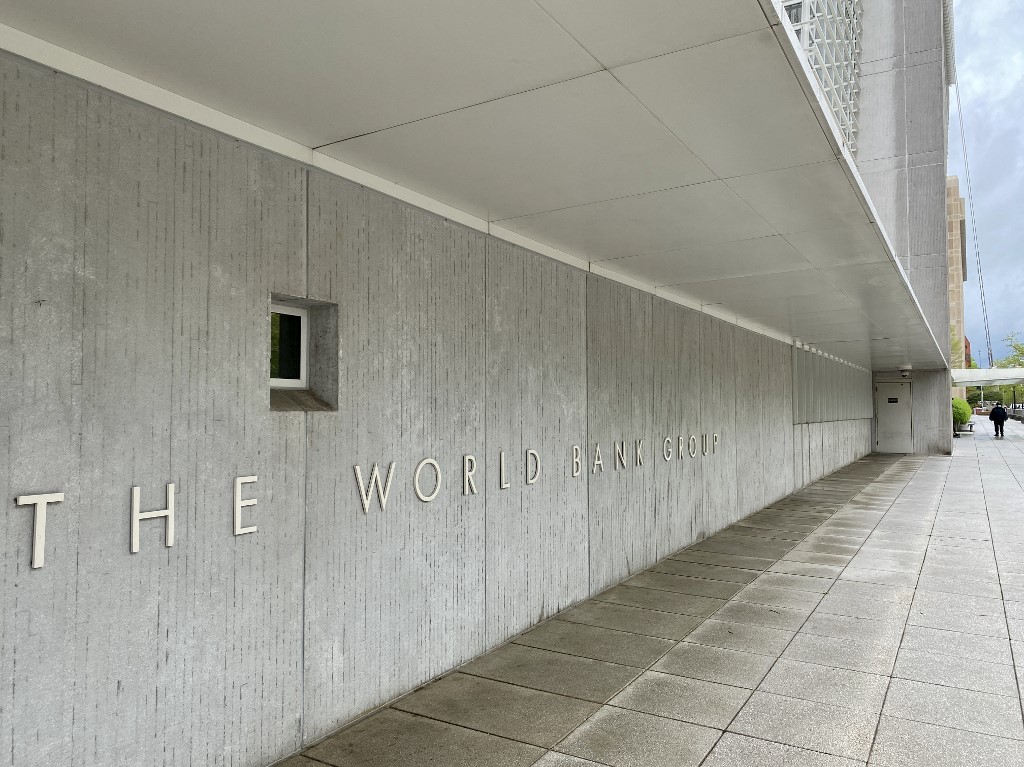
The World Bank revised down their GDP growth projections in 2022 for Croatia from 5.4 percent to 3.8 percent, whereas the 2023 forecast has been revised down by one percentage point to 3.4 percent, citing the impact of the war in Ukraine, state agency Hina said on Monday, re-publishing a press release from the World Bank.
Croatia's GDP 'could' grow by 3.5 percent a year, on average, from 2022 to 2024
"Outlook Growth is set to moderate over the medium-term but will remain above the prepandemic trend. While global uncertainty related to the war in Ukraine is high, the Croatian economy could grow on average, by 3.5 percent, a year, over 2022-2024," says the World Bank in a report it released on Sunday.
"However, there are significant downside risks related to the pandemic and the war in Ukraine. Investment activity underpinned by the inflow of EU funds is expected to pick-up strongly in 2022 and moderate thereafter. However, this primarily depends upon the implementation of government investment plans.
"Exports of goods and services are projected to support growth, but the pace of growth is expected to ease as tourism returns to precrisis levels and foreign demand moderates," says the bank.
Positive effects of higher wages to be partly offset by higher inflation
"Personal consumption growth might remain around 2.5 percent amid rising employment and wages. However, positive effects of the increase in wages on personal consumption will be partly offset by higher inflation. Overall, inflation in 2023 and 2024 is projected to slow down due to the easing of global supply bottlenecks and tightened financial conditions," reads the Croatia section.
"However, commodity price levels will remain elevated. General government deficit is likely to fall below 3 percent of GDP as of 2023. Also, public debt to GDP ratio is expected to continue declining, reaching 73.9 percent of GDP at the end of 2024."
Poverty expected to fall to 1.3 percent by 2024
"Intensifying conflicts in the region is putting additional pressure on food and energy prices which were already on the rise. While the government has promptly introduced mitigation measures to cap gas price increases, it is still expected to rise on average by 20 percent. Moreover, regional political uncertainty and global supply disruptions can have implications for the economies of host countries of Croatian migrants. This can potentially have adverse impacts on remittances and income of Croatians at home. Nevertheless, poverty is expected to fall to 1.3 percent by 2024."
Shadow of Ukraine war
The repercussions of Russia's invasion of Ukraine will be felt in the whole region of Europe and Central Asia, the World Bank says.
Thus, the forecast of growth for Central Europe, which includes Bulgaria, Croatia, Hungary, Poland and Romania, has been revised down from 4.7% to 3.5% in 2022 due to the impact of the influx of refugees, higher prices of commodities and worsening economic sentiment.
In 2023, growth is set to moderately accelerate to 3.8% in this region.
Kakvo je tvoje mišljenje o ovome?
Pridruži se raspravi ili pročitaj komentare



 Srbija
Srbija
 Bosna i Hercegovina
Bosna i Hercegovina
 Slovenija
Slovenija







